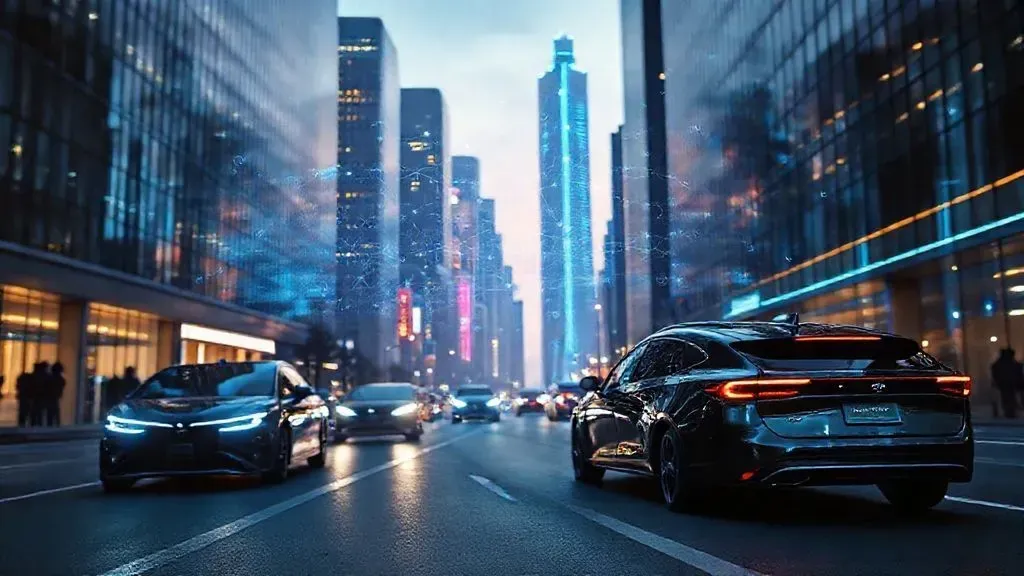
Avalanche and Toyota Blockchain Design Autonomous Robotaxi Infrastructure
Date Published
Toyota produces over 10 million vehicles each year, making it the world's largest automaker. This giant now explores blockchain to enhance mobility services, partnering with Avalanche for innovative solutions. Their work focuses on building trust in transportation ecosystems.
The Mobility Orchestration Network Overview
Toyota Blockchain Lab developed the Mobility Orchestration Network, or MON, as a blockchain layer for mobility. MON bridges gaps in data sharing among stakeholders like manufacturers and owners.
It uses Avalanche's multi-chain setup to enable secure interactions without central authorities. This design supports local ecosystems while allowing global collaboration.
According to the whitepaper, MON orchestrates trust by bundling institutional, technical, and economic proofs into digital assets. These assets facilitate value circulation across networks.
Why Avalanche Powers This Initiative
Avalanche provides infinite layer-1 blockchains, each interoperable and fast. Toyota chose it for sub-second finality and native interchain messaging.
The whitepaper states,
We chose Avalanche because its design centered on multiple L1s, its fast finality, and its native ICM align with MON
s philosophy of building locally, collaborating globally.' This aligns with mobility's need for scalable, compliant systems.
Applications in Autonomous Robotaxis
MON enables deploying robo-taxis by integrating operating permits, insurance, and safety logs into tokenized portfolios. Investors can fund fleets onchain, tracking performance transparently.
Roi Hirata from Ava Labs explains,
The payments, the leasing, you can actually start your own robotaxi services by raising funds onchain, with some kind of security token system.
This creates fully onchain business models for autonomous fleets.
Tokenization turns vehicles into digital assets, supporting rideshare agreements and carbon credit tracking. Such features streamline operations for self-deployed robotaxis.
This tweet highlights potential onchain use cases like rideshare tracking, relevant to robotaxi infrastructure.
Regulatory and CeFi Integration Challenges
regulation plays a key role in MON's design, respecting local laws through compliant standards like ERC-3643 for and AML checks.
Hirata notes,
There
s always an official record in different countries, different formats. So having that and the manufacturer working together on a blockchain is the most key task that we have to tackle.' Collaboration ensures seamless cross-border operations.
In cefi contexts, MON integrates tokenized assets with traditional finance, enabling instant transfers and securitization. This bridges decentralized tech with regulated financial systems.
Trends in Blockchain Mobility
Recent trends show growing interest in tokenizing real-world assets, with firms like Janus Henderson moving funds on Avalanche.
Toyota's prototype demonstrates how blockchain can reshape vehicle financing and services. Analysts see this as a step toward broader adoption in transportation.
Avalanche's official post emphasizes the multi-chain advantage that attracted Toyota.
Future Implications for the Industry
This partnership could accelerate autonomous mobility by providing verifiable data infrastructures. Stakeholders gain from enhanced efficiency and new funding models.
The collaboration underscores blockchain's potential in regulated sectors like cefi and transportation. It offers actionable insights for developers and regulators aiming to innovate safely.



